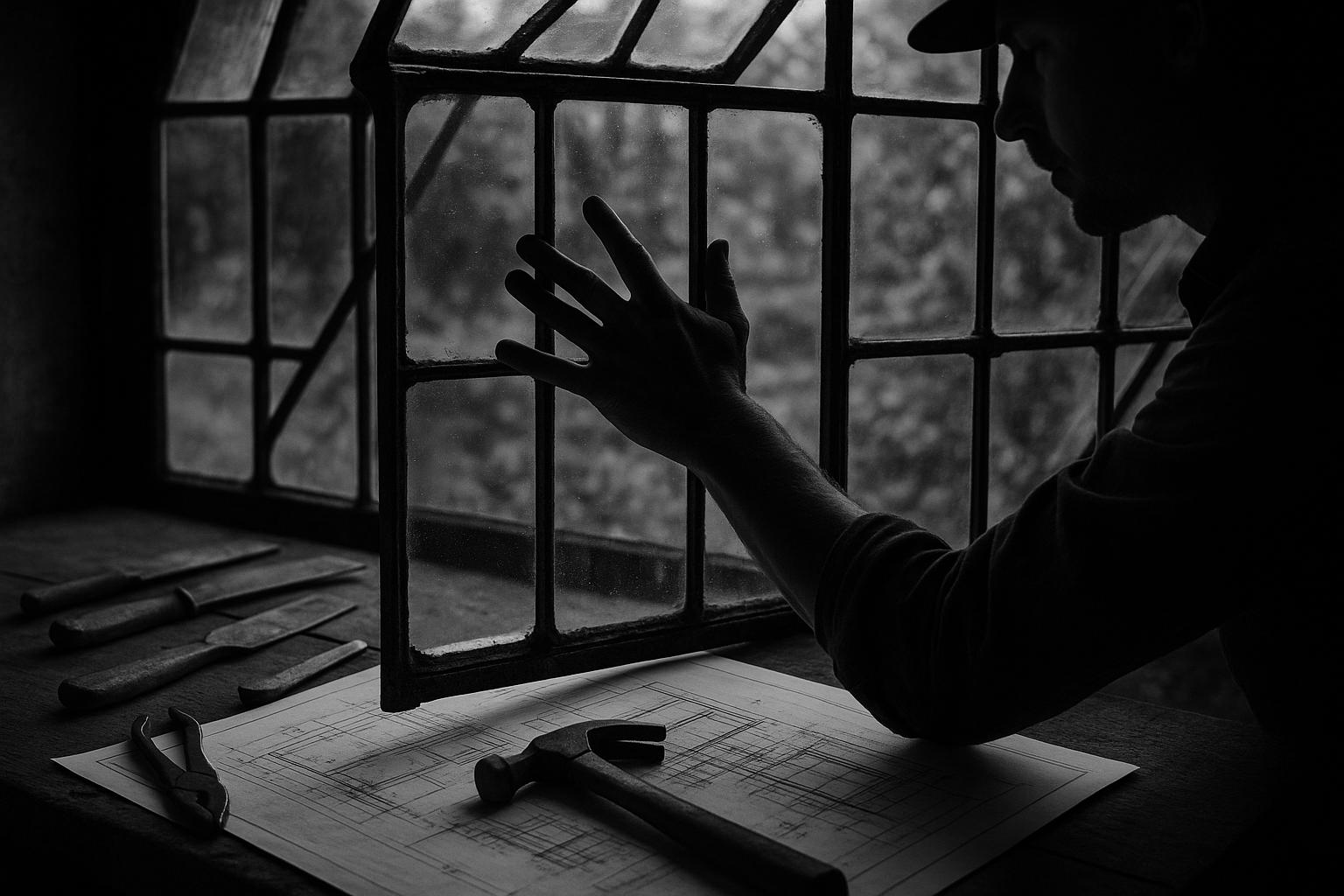Beneath the soaring iron ribs and misted glass of Kew Gardens’ iconic Palm House, a transformative renovation is underway that promises to blend heritage conservation with cutting-edge sustainability. Hugh Broughton Architects have unveiled plans for an estimated £60 million refurbishment targeting both the Palm House and its smaller companion, the Waterlily House. These Victorian glasshouses, home to over 1,300 rare tropical plants, will be retrofitted with sustainable technologies to achieve the unprecedented feat of becoming the first net-zero heritage glasshouses in the world.
The Palm House, a hallmark of Victorian innovation constructed between 1844 and 1848 by Decimus Burton and Richard Turner, alongside the adjacent Waterlily House built in 1852, are cornerstones of biodiversity and horticultural science. Both structures have evolved over nearly two centuries, shifting their energy reliance from coal to oil, then gas. Now, in a decisive leap towards sustainability, the renovation will transition both to wholly renewable energy sources. Such an initiative aligns closely with Kew Gardens’ ambitious “Climate Positive by 2030” target, committing to slash emissions across operations while championing nature-based carbon solutions.
Key elements in the renovation include replacing all 16,500 glass panes in the Palm House with high-performance sealed glazing using bespoke silicone gaskets, designed specifically to curb heat loss. The basement infrastructure will also be revitalised to bolster heating, irrigation, and accessibility for horticulturists, facilitating enhanced care for the botanical collection. Additionally, a fully electrified air and water source heat pump system will replace outdated systems, reflecting the park's deep commitment to net-zero emissions while maintaining the precise microclimates vital for the survival of tropical species.
Beyond these technical upgrades, the project promises to revitalise the visitor experience and public engagement. Plans detail the introduction of a central gathering space inside the Palm House to foster educational interaction focused on rainforest ecosystems. Moreover, architectural features such as the north and south apses will be restored and opened up to more clearly reveal Burton and Turner’s original design. Outside, the historic landscape will be rejuvenated by removing an ivy hedge that has obscured views for a century, restoring Sir William Nesfield’s ornamental garden sightlines, and reinstating a historic oval path alongside improved disabled access via a new double ramp.
The extensive scope of the renovation requires a temporary closure of both glasshouses, expected to last four to five years starting in 2027. In preparation, Kew’s horticulturists have already begun relocating and propagating rare plants, many of which are endangered or extinct in the wild, to safeguard them through this transitional phase. This effort is enabled by newly constructed state-of-the-art glasshouses—both permanent and temporary—that employ advanced systems to regulate temperature, humidity, and light in a highly sustainable manner, ensuring continuity of care for the living collections during the renovation.
The redevelopment is led by Kew's Capital Projects Team with Hugh Broughton Architects at the helm, working alongside conservation specialists Martin Ashley Architects, structural engineers Ramboll, services engineers Cundall, and construction consultants Firmingers. Complementary projects, such as a newly designed irrigation pump house inspired by natural forms and aligned with Kew’s climate goals, further demonstrate the institution’s comprehensive approach to environmental responsibility and stewardship.
Through this visionary merger of heritage preservation and environmental innovation, Kew Gardens aims not only to protect its treasured botanical legacy but also to set a new global standard for sustainable conservation in historic settings.
📌 Reference Map:
- Paragraph 1 – [1], [3], [4]
- Paragraph 2 – [1], [2], [4]
- Paragraph 3 – [1], [4], [5]
- Paragraph 4 – [1]
- Paragraph 5 – [1], [6]
- Paragraph 6 – [1], [3], [7]
- Paragraph 7 – [1], [2], [3]
Source: Noah Wire Services
